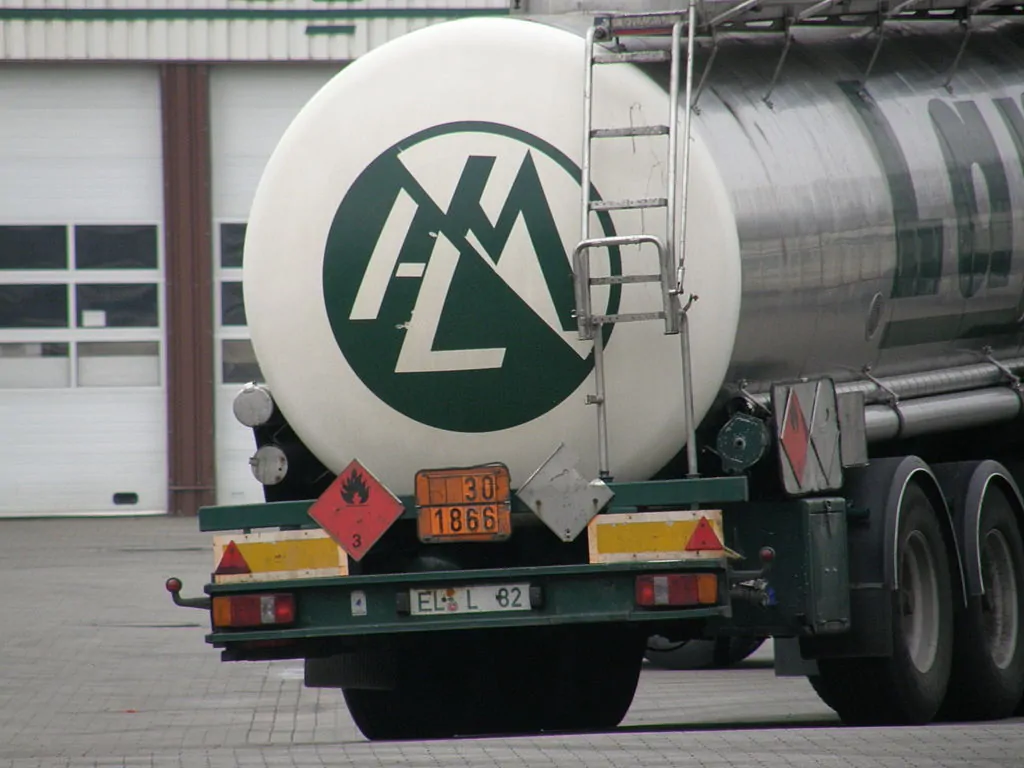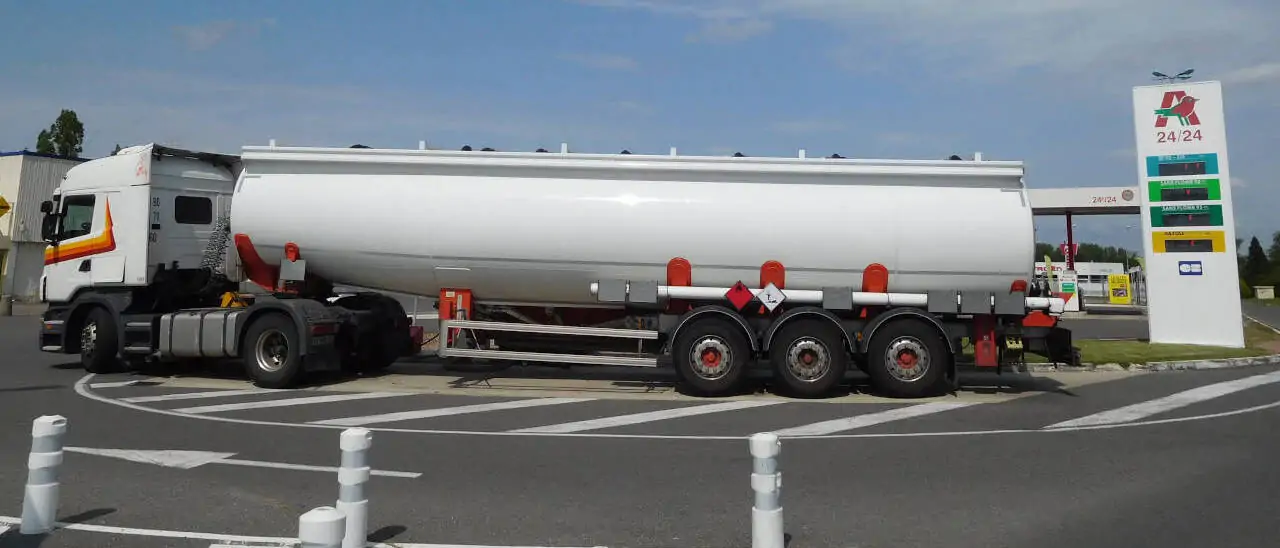Hazardous goods are transported worldwide every day. In 2017, the total volume of goods transported in Germany alone was reported to be around 310 million tons, with road transport accounting for almost half of this, far ahead of rail and shipping. Accidents cannot be avoided, but the dramatic consequences for people and the environment can be largely minimized by observing precautionary and safety measures.
International regulations have been created for their protection, and the Federal Republic of Germany has implemented these regulations in the “Dangerous Goods Ordinance for Road, Rail and Inland Waterways”, or GGVSEB for short.
ADR – Regulations to minimize risk when transporting dangerous goods
As early as 1986, the EU adopted the European Agreement concerning the International Carriage of Dangerous Goods, a binding legal basis for the transport of dangerous goods for all member states. The regulation, also known by its French abbreviation “Accord européen relatif au transport international des marchandises Dangereuses par Route”, ADR, has since been adapted to current events in a two-year cycle, most recently in March 2021.
Which goods are dangerous?
Hazardous goods are defined as substances or objects that could pose a risk to the general public in connection with their transport.
The dangerous goods listed in the ADR include, among others,
- gases and gas mixtures
- flammable liquid and solid substances
- toxic and infectious substances
- radioactive and corrosive substances
- water-polluting and environmentally hazardous substances
- explosives, ammunition and fireworks.
Please accept YouTube cookies to play this video. By accepting you will be accessing content from YouTube, a service provided by an external third party.
If you accept this notice, your choice will be saved and the page will refresh.
The perspective of the Hamburg water police.
What do truck drivers have to consider?
Anyone who wants to transport dangerous goods as a truck driver must observe numerous regulations. These include the design and equipment of the transporter, as well as compliance with a quantity specification and load securing for a dangerous good, its packaging, classification, labeling and documentation. In addition, the driver needs transport papers, written instructions and, last but not least, a valid driver’s license.
Required training
A simple truck driver’s license is not sufficient for the transport of dangerous goods. Rather, every driver must also successfully complete special ADR training, during which drivers from Germany must also demonstrate knowledge of the GGVSEB regulations. The ADR certificate is valid for five years from the date of issue and can be seamlessly extended for a further five years by taking a refresher course. In addition, participation in separate advanced courses is required for some dangerous goods. Depending on the level of further training, up to six seminar days and costs of around 300 euros should be calculated.
The basic course exam consists of 30 questions, with a passing grade requiring at least 25 correct answers. All tests are administered by the responsible Chamber of Industry and Commerce.
Properly equipped commercial vehicles
Trucks used for commercial purposes must also meet certain construction requirements. Depending on the size and the hazardous goods, the vehicles must be equipped with specific braking systems or speed limiters. Furthermore, individual requirements are placed on the electrical equipment and ventilation, connecting devices to possible trailers or to prevent fire hazards. The corresponding registration certificate for implementation is issued by an annual inspection by independent auditors.
Mandatory labeling of inventory
In accordance with their flammability, toxicity and aggregate state, dangerous goods are divided into a total of nine main classes in the ADR, with further subcategories in some cases. Among other things, distinctions are made on the basis of explosiveness or flammability, aggregate state, toxicity or even radioactivity.
If a load can be assigned to more than one class of hazardous goods, all relevant risks must be indicated on the wagon and on the containers.

Hazardous goods labeling on a truck. Source: Meppen, tank trailer with ADR plate and label, CC BY-SA 3.0
Regardless of the type and nature of the hazardous material, its proper labeling, also known as labeling, generally requires meaningful and clearly visible orange warning signs with specific number combinations on the outer front and back of the truck. Explosive and radioactive inventories and transported containers are considered special cases and must be identified by additional placards when heated on all four sides of the truck.
The regulations for the labeling of dangerous goods were introduced, among other things, to provide information for other road users. Primarily, rescue workers at the scene of an accident can adapt their actions to the circumstances. Further relevant information on the labeling of dangerous goods can be found in the overview of the VFR Verlag für Rechtsjournalismus GmbH on bussgeldkatalog.net.
Packaging and loading
To minimize risk, dangerous goods must be packed properly. The requirements for this depend, among other things, on the material or capacity. Securing the load is the responsibility of the driver, the loader, the contracting company and the consignee. Violations of the relevant regulations may be punishable by fines.
The transport regulations for hazardous goods apply as soon as a maximum permissible total quantity is exceeded, which is calculated based on a catalog of points depending on the vehicle and inventory. Until then, case-dependent exemption regulations can be invoked.
Equipment for the vehicle crew
Each member of the truck’s crew must be equipped with their own standard equipment, including a reflective vest, protective gloves and goggles. In addition to the usual warning triangle and first-aid materials, a fire extinguisher and lighting equipment must also be carried. In individual cases, breathing protection, a shovel or a collection container are also among the mandatory equipment.
Finally, the driver must carry written instructions in case of unforeseen incidents. The accident procedures contain instructions for accident-related emergency situations and are provided by the transport company. If a member of the vehicle crew does not understand German, a version in the required foreign language must be enclosed.
Summary and further information
By complying with the above regulations, it is possible to minimize the consequences of accidents involving dangerous goods vehicles. The binding regulations will also help to avoid drastic consequences of road traffic accidents involving dangerous goods vehicles in the future.
Further information:
